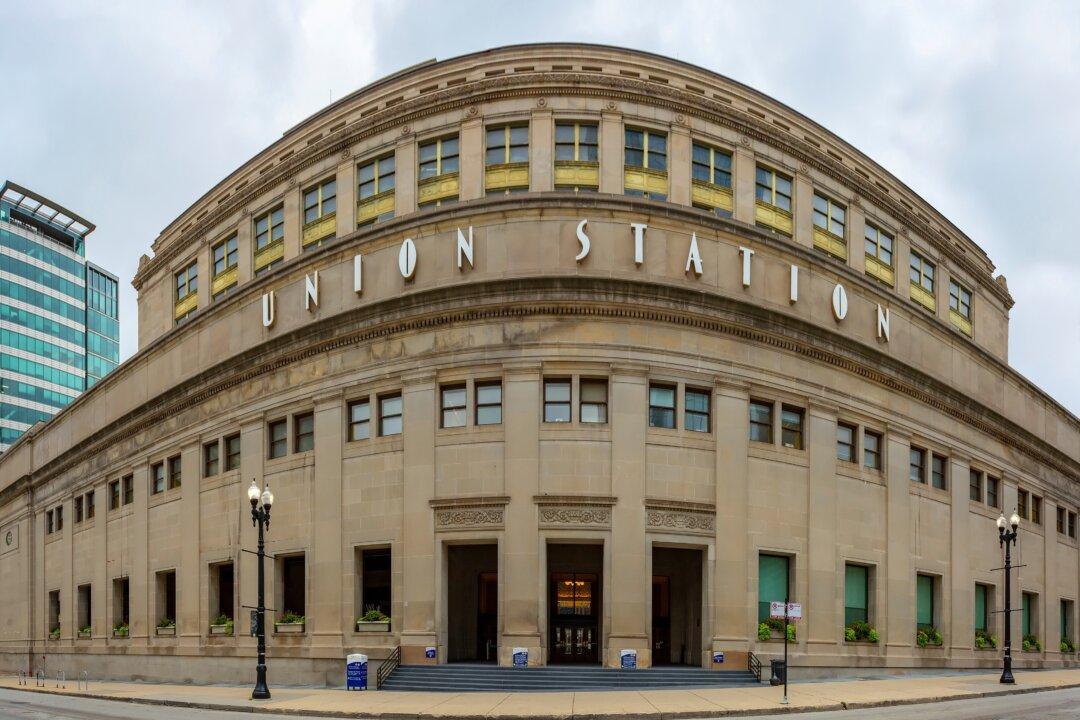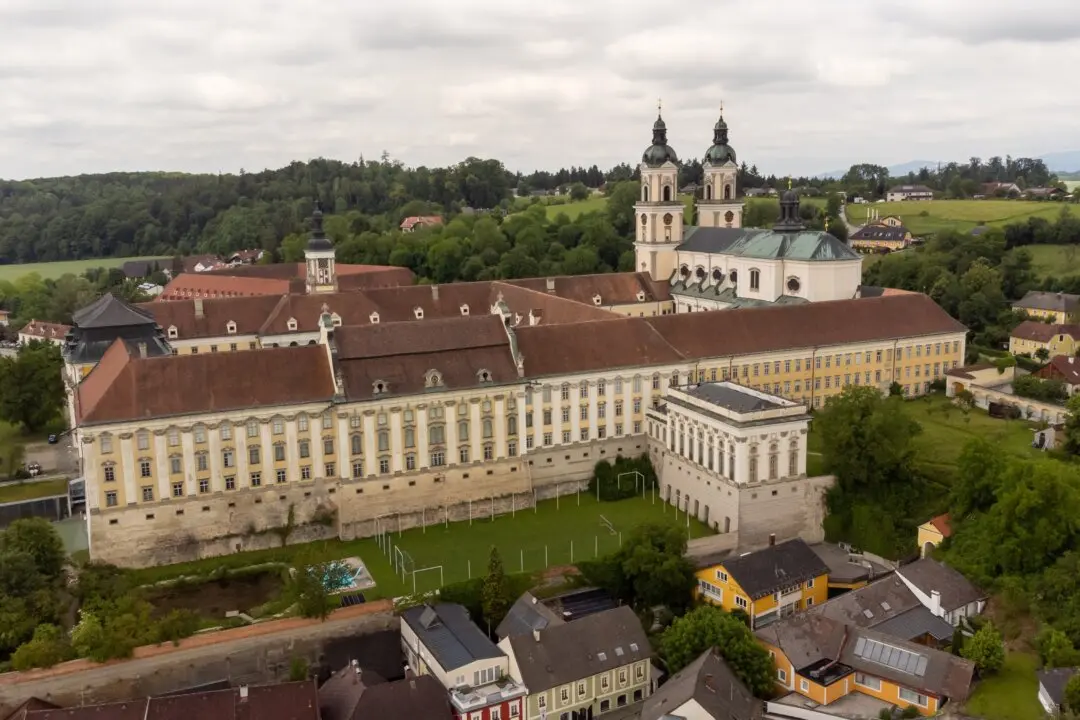The 99-year-old, citadel-like Chicago Union Station may be dwarfed by the city’s towering glass structures, although its classic architecture makes it stand out in America’s third-largest city. Originally, the station consisted of a two-story “head house” and “concourse,” which occupied a city block. With multiple additions and renovations, the Chicago Union Station stretches nearly 10 city blocks and is the third-busiest rail terminal in the United States. It’s Amtrak’s fourth-busiest station, serving an average of 140,000 passengers every weekday.
The Great Hall and grand staircase endure to this day as part of architect Daniel Burnham’s (1846–1912) 1909 Plan of Chicago. Burnham’s ideas, according to the station’s fact sheet, were to have ”all intercity trains using the same station without the confusing station transfers, complicated railcar movements, difficult baggage forwarding, and complex ticketing previously endured by generations of travelers.” The architectural firm of Graham, Anderson, Probst, and White completed the structure.





